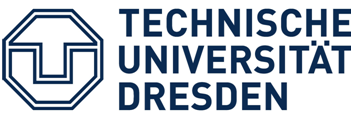Heterogeneous spectrum sensing: challenges and methodologies
| Title | Heterogeneous spectrum sensing: challenges and methodologies |
| Publication Type | Journal Article |
| Year of Publication | 2015 |
| Authors | Liu, W., M. Chwalisz, C. Fortuna, E. Poorter, J. Hauer, D. Pareit, L. Hollevoet, and I. Moerman |
| Journal | EURASIP Journal on Wireless Communications and Networking |
| Volume | 2015 |
| Pagination | 70 |
| ISSN | 1687-1499 |
| Abstract | Distributed sensing is commonly used to obtain accurate spectral information over a large area. More and more heterogeneous devices are being incorporated in distributed sensing with the aim of obtaining more flexible sensing performance at lower cost. Although the concept of combining the strengths of various sensing devices is promising, the question of how to compare and combine the heterogeneous sensing results in a meaningful way is still open. To this end, this paper proposes a set of methodologies that are derived from several spectrum sensing experiments using heterogeneous sensing solutions. Each of the solutions offers different radio frequency front-end flexibility, sensing speed and accuracy and varies in the way the samples are processed and stored. The proposed methodologies cover four fundamental aspects in heterogeneous sensing: (i) storing experiment descriptions and heterogeneous results in a common data format; (ii) coping with different measurement resolutions (in time or frequency domain); (iii) calibrating devices under strictly controlled conditions and (iv) processing techniques to efficiently analyse the obtained results. We believe that this paper provides an important first step towards a standardized and systematic approach of heterogeneous sensing solutions. |
| URL | http://jwcn.eurasipjournals.com/content/2015/1/70 |
| DOI | 10.1186/s13638-015-0291-8 |












